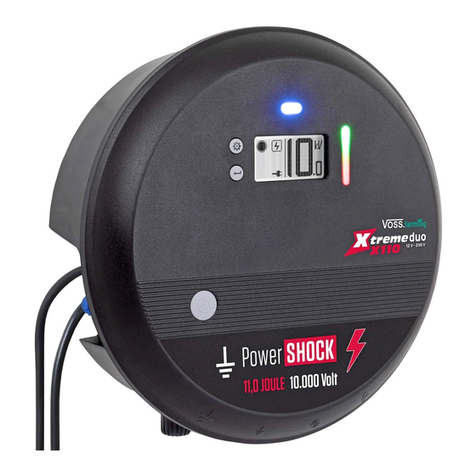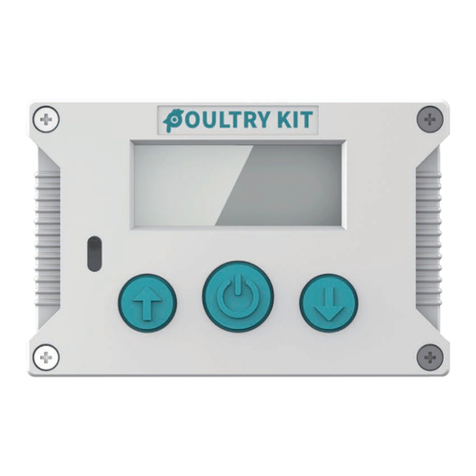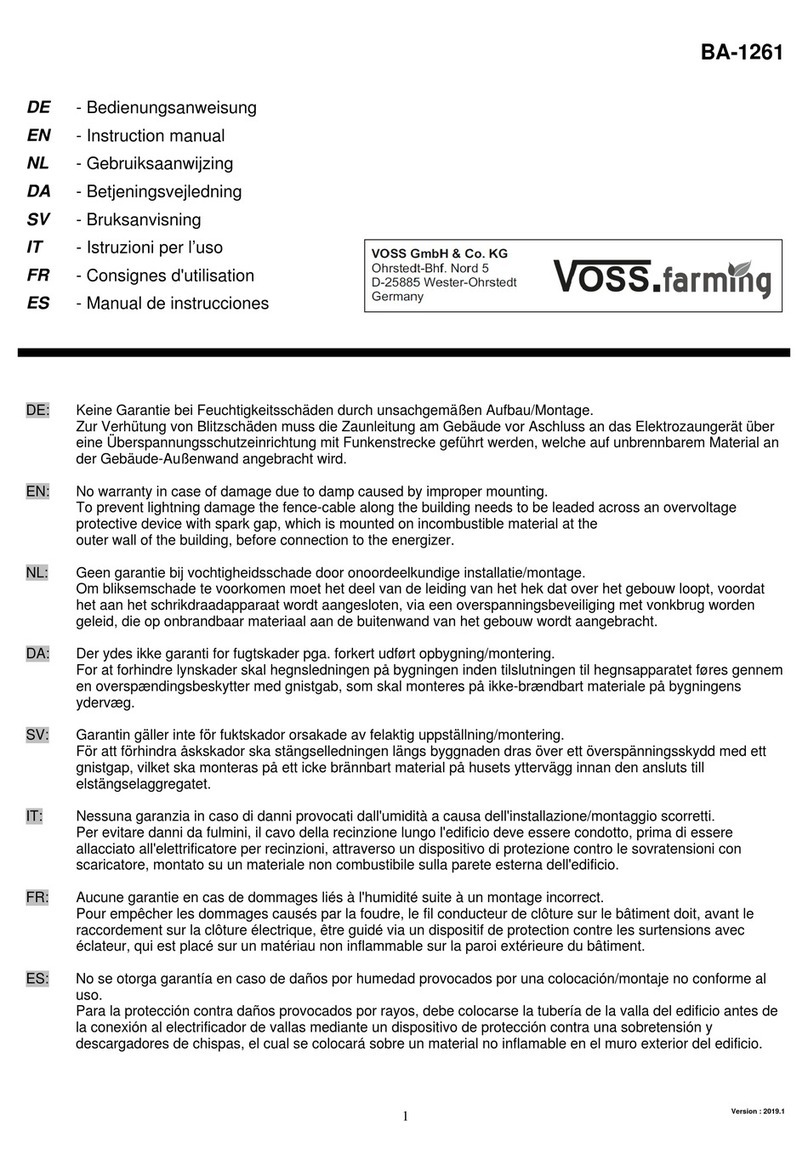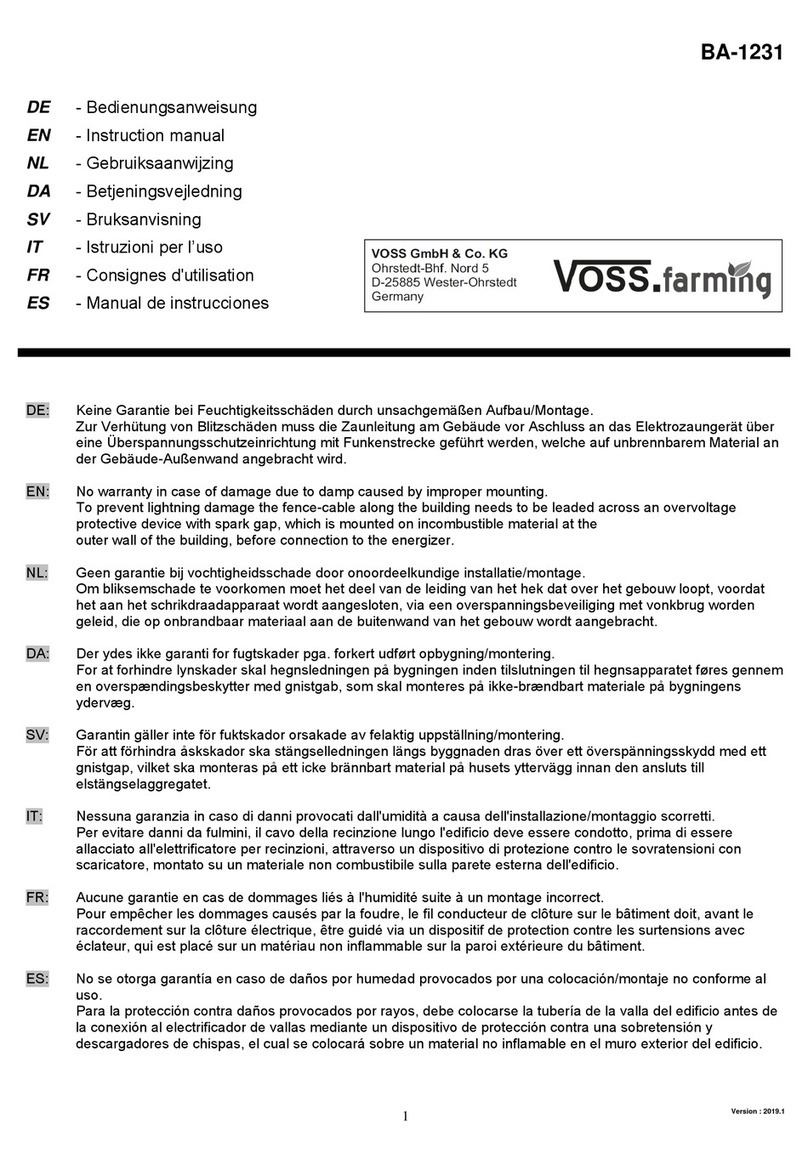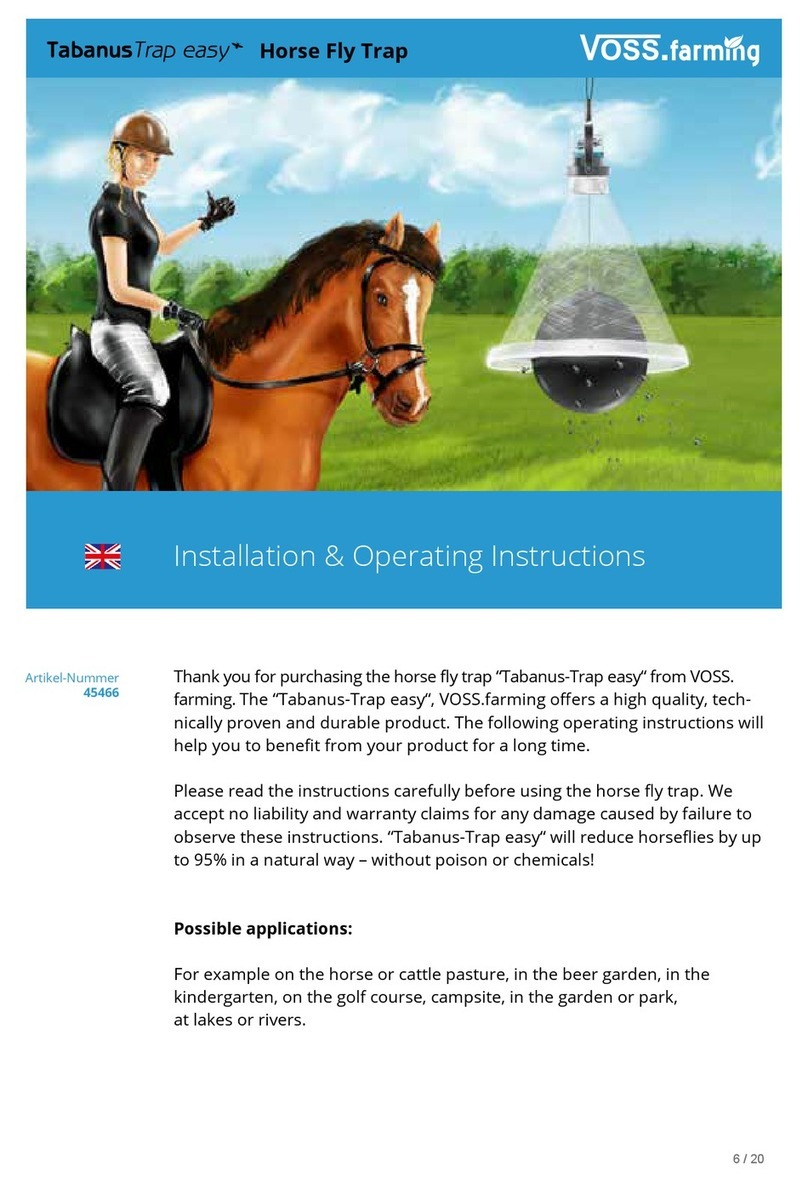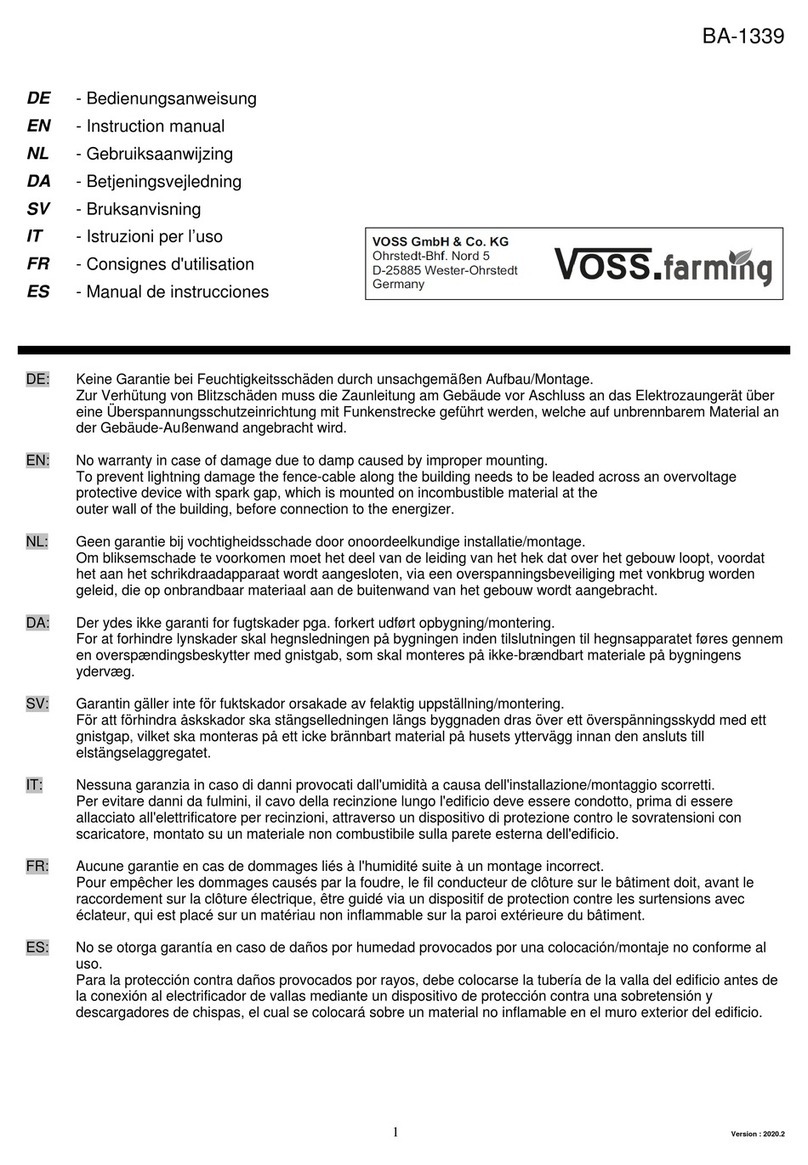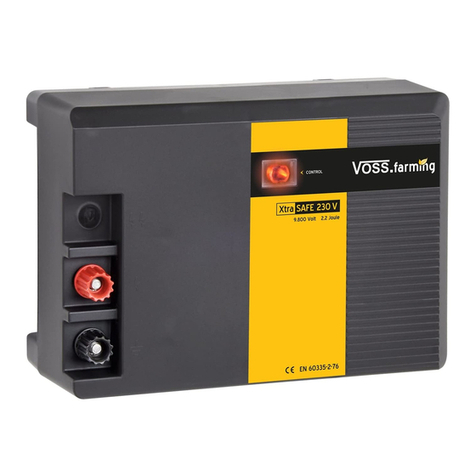8 / 20 9 / 20
Please note the following points for the installation:
• Horse ies appear mainly in the vicinity of water bodies (lakes, rivers, ponds,
water pools, marshes, etc.).
• Before setting up the trap, you should try to locate the ight path of the horse ies.
• Once you have located the ight path, you should try to install the trap close to it.
• Depending on the trapping quota, the capture container must be emptied daily or
weekly.
• Install the y trap in time because the female horse ies are active from April.
This is the only way to achieve ideal, y-free conditions.
• Fill the water tank with a few drops of detergent. This addition causes the surface
tension of the water to decrease so that the tension is no longer sufcient to carry
the insects.
• This causes the y to drown faster.
Installation
The installation requires a hammer. It would also be an advantage if a second person
was available to help with the installation.
Preparation
1. Pump the ball with the supplied air pump until it has a diameter of approx. Ø 60
cm. Then close the ball with the plug.
2. Attach the ball to the squarish part of the ball hook (13).
3. The reinforcement tubes (14) are used to keep the cover tensioned. For this purpo-
se, you slide the tube
pieces into the opening on the inside of the cover. Push the tube pieces together
one after another.
Tip: We recommend doing this step in pairs. One holds the cover whilst the other
pushes in the tube. In order to make inserting the tube easier you can grease the
pipe a little beforehand.
4. The stand pipe gets twisted into the ground with the help of the integrated auger.
Pound it a few centimetres into the ground before you begin to rotate the stand
pipe.
Note: Wear gloves when twisting into the ground to avoid injuries!
5. Attach the tarp cover to the mount using the Velcro straps.
6. Hang the ball hook with the ball onto the bracket provided for this purpose.
7. Fill the capture container (15) with water and place it in the holder.
The horse y trap is now ready for use.
Regular care and maintenance
• The capture container must be checked and emptied regularly.
• Ensure that the ball is inated at all times.
• Regularly check the secure standing of the trap.
• Sometimes animals use the horse y trap as a playball or nibble on the cover tarp.
In this case, you should protect the “Tabanus-Trap“ with a fence.
Special product features
• eld-proven components
• sturdy, storm-proof construction made of double galvanized steel
• robust auger, for easier rotating into the ground
• particularly puncture resistant lure ball
• trap funnel attached directly to the standpipe for maximum stability
• has already been widely tested and proven highly effective
• the lure ball is extremely robust and temperature resistant
• funnel tarp, in popular white, with reinforced fabric and edge
• capture container incl. lid designed for easy emptying
Technical data
• Diameter: approx. 100 cm
• Height: approx. 220 cm
• Colour: black ball, white capture container and tarp cover
• Material thickness, main mounting pipe: 2 mm
• Weight: 16 kg
Contents
1x VOSS.farming horse y trap “Tabanus-Trap“
• White tarp cover
• Ball incl. air pump
• 3-piece hot-dip galvanised mounting bracket
• Stand with integrated auger
• Capture container with lid
• Galvanized container holder
• Stainless steel hook for ball mounting
• Manual
VOSS GmbH & Co. KG | Ohrstedt-Bhf Nord 5 | 25885 Wester-Ohrstedt | Germany
